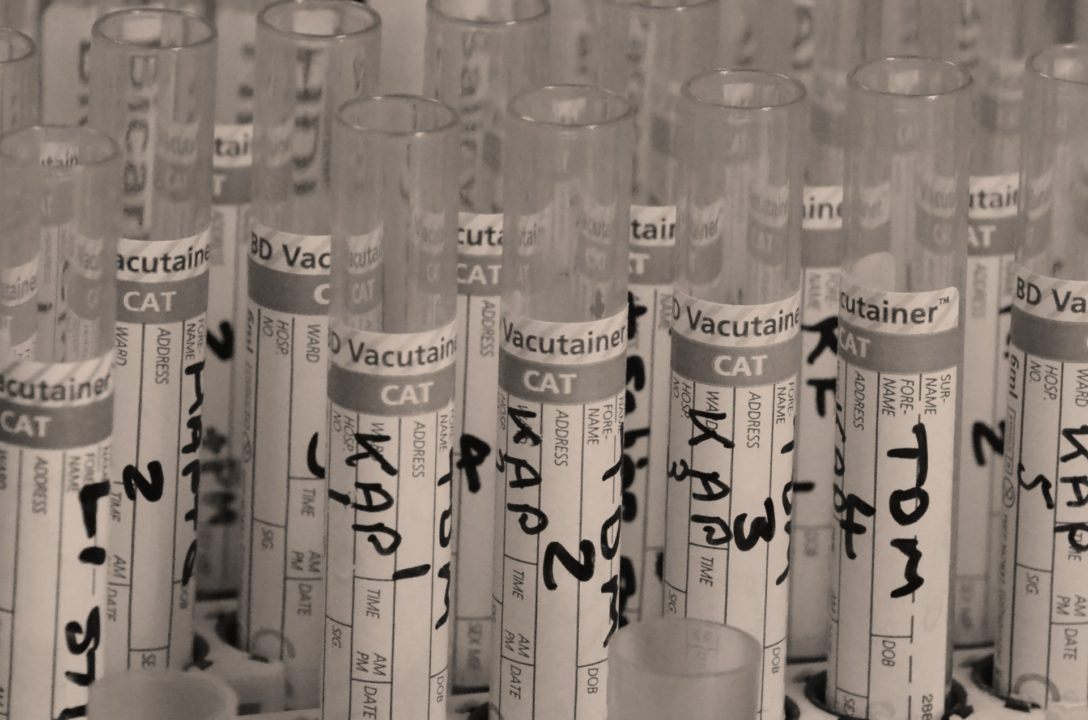The World-Anti Doping Agency (WADA) has recently published its most recent list of “prohibited substances and methods,” which goes into effect on January 1, 2017 (referred to as “the List”). Notably, the List governs what substances and methods are acceptable both in and out of competition.
Check out the official list here, along with the summary of major changes here.
Sir Craig Reedie, the WADA President, commented on the list’s ramifications, “All athletes around the world are held to these standards and there can be no tolerance for people who intentionally break the rules.” He added that “the List is released three months ahead of taking effect so that all stakeholders—in particular athletes and their entourage —have ample time to familiarize themselves with the List and its modifications.”
The List, however, is not ironclad. An athlete may receive an exemption, and therefore use a banned substance or method, if he or she has a legitimate medical reason.
Here is the Cliff Notes version of the summary of major changes to the List (feel free to consult a medical dictionary):
- Section S1.b (anabolic agents) of the List has been broadened to include boldenone, boldione, 19-norandrostenedione, nandrolone and 19-norandrostenediol.
- Section S2 now includes GATA inhibitors, TGF-ß inhibitors, roxadustat, molidustat and cobalt.
- Section S3 has been amended so that higenamine is classified as a non-selective beta-2-agonist, a 24-hour dose of salbutamol is not be taken at one time and salmeterol present in urine tests is to be below 10 ng/mL.
- Under Section S4, arimistane was added as a new example of an aromatase inhibitor.
- Section S6 now includes lisdexamfetamine and 4-methylhexan-2-amine (beware: it has a “number of other synonyms”).
- Nicomorphine was added to Section S7 (narcotics).
In 2016, the biggest word in banned substances was Meldonium, and its addition wreaked havoc. Several athletes claimed that due to its late addition to the list, which was about two weeks later than the latest 2017 additions were made, relatively speaking. Claiming a lack of certainty about how long the substance would remain in an athletes blood, most positive tests for the substance resulted in no sanctions – including Russian volleyball player Alexander Markin, who was given a “No Fault or Negligence finding.” That allowed Russia’s results from the 2016 European Olympic Qualification competition, where the positive test happened, stand.
One of the few athletes to actually be punished was tennis player Maria Sharapova, who instead of using the defense of lingering presence in her blood said that she was unaware that it had becomed banned, and admitted to using it in 2016.

Leave a Reply